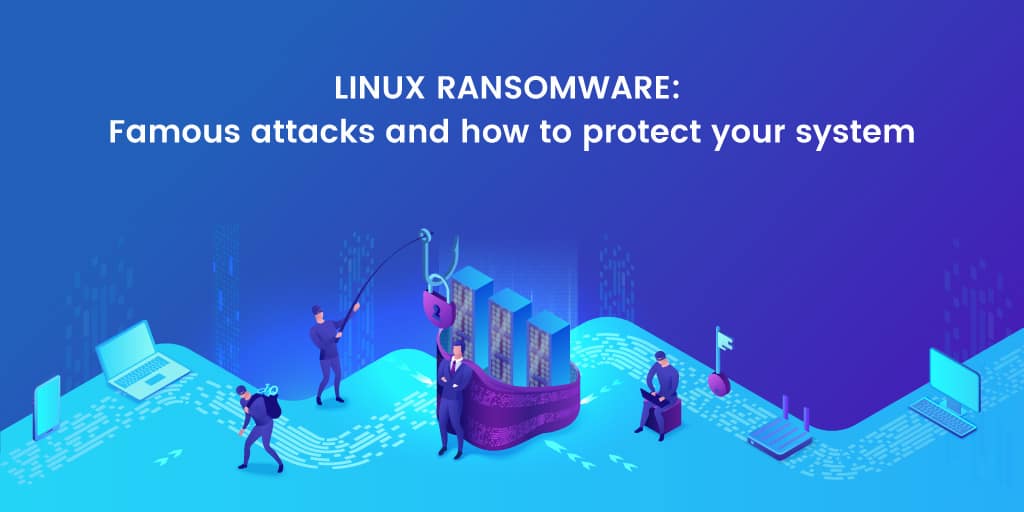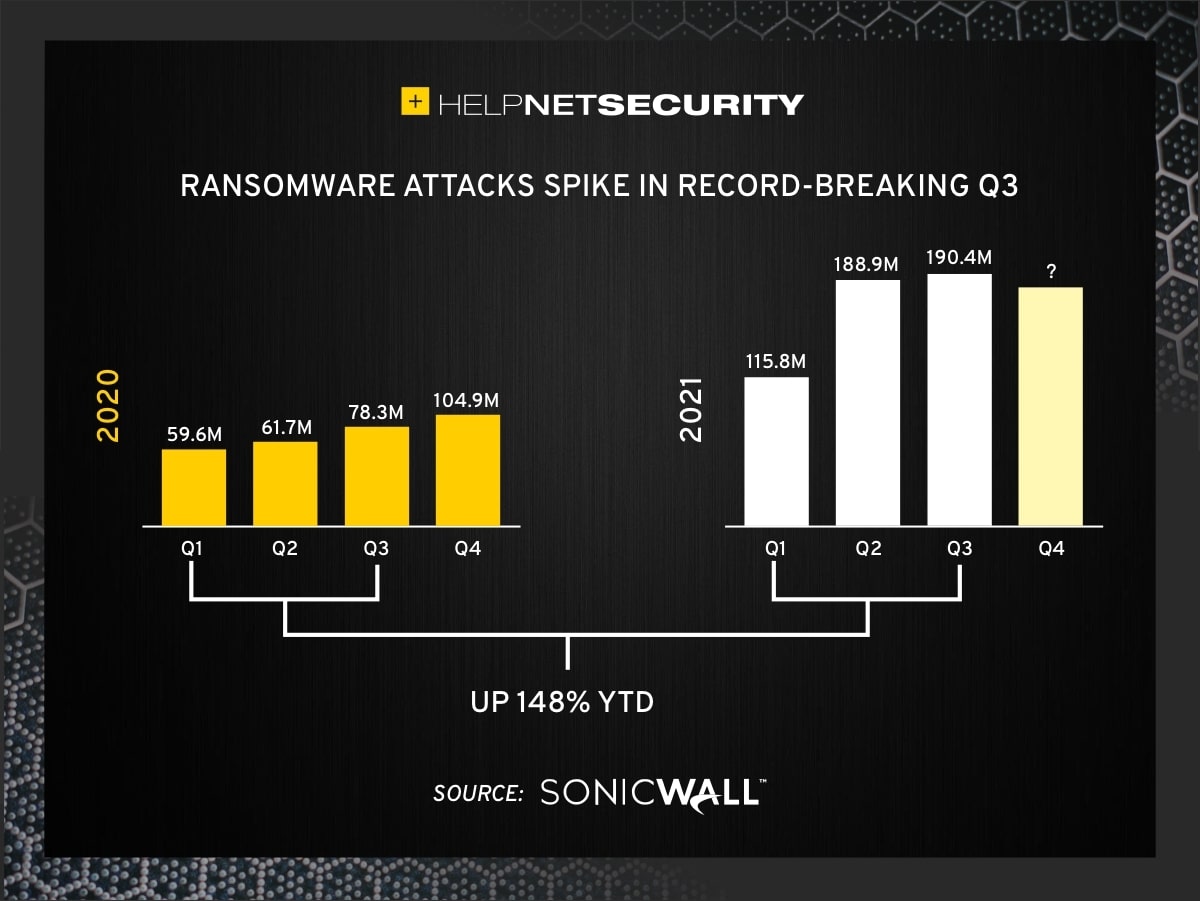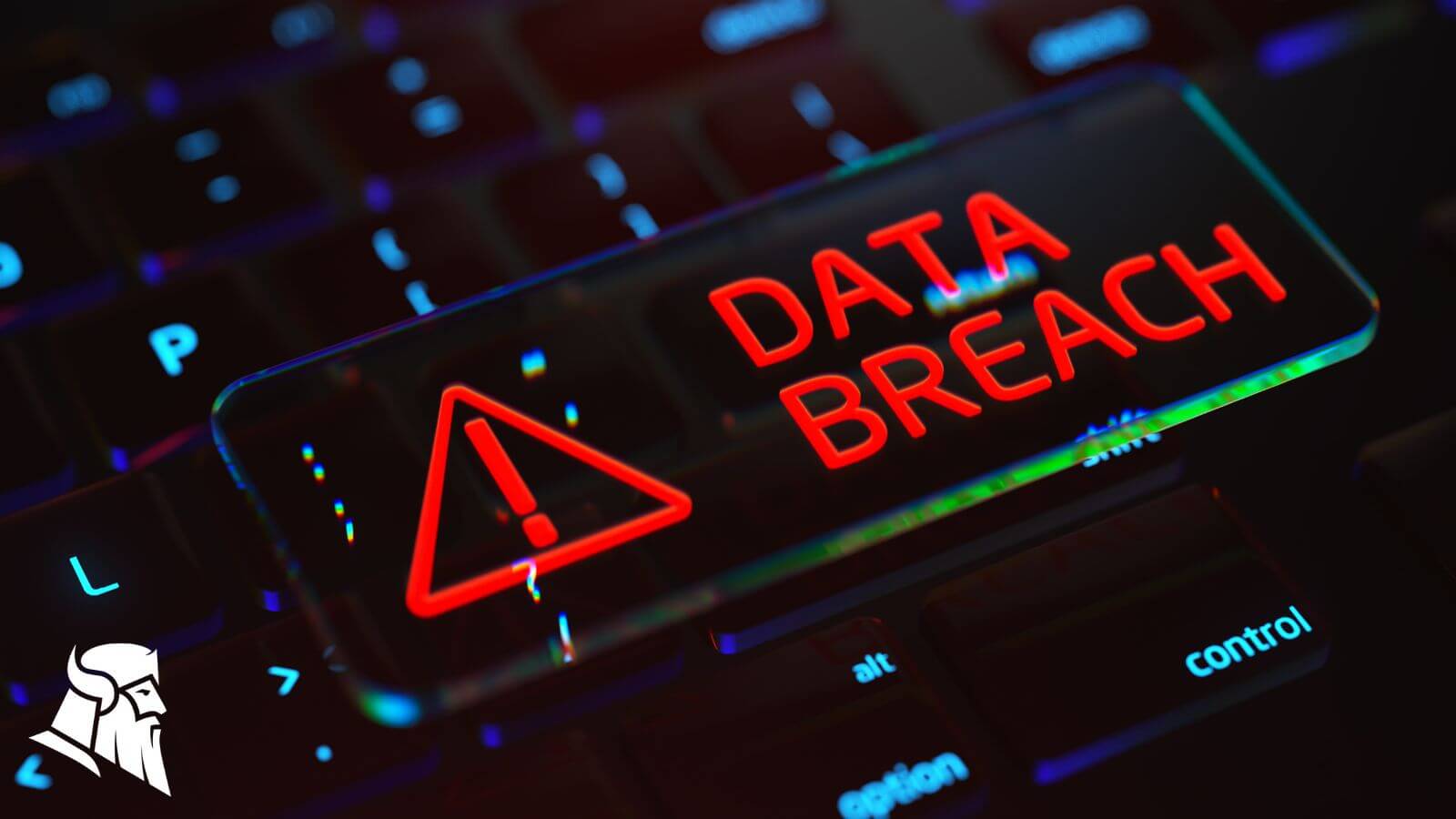Gunra Ransomware Strikes Linux with Multi-Threaded, Partial Encryption Attack

Gunra Ransomware Strikes Linux with Multi-Threaded, Partial Encryption Attack
A new and concerning threat has emerged in the ransomware landscape: a sophisticated Linux variant of the Gunra ransomware. This isn't your garden-variety malware; it's engineered for speed and stealth, leveraging multi-threading and partial encryption to maximize its impact. Let's dive into what makes this variant so dangerous and how you can protect your Linux systems.

Linux Ransomware: Famous Attacks & How to Protect Yourself
The Rise of Gunra Ransomware on Linux
The Gunra ransomware group has been making waves in the cybercriminal world, and their latest Linux variant showcases a significant leap in sophistication. Unlike many ransomware strains, Gunra's Linux version is designed for performance. It can run up to 100 encryption threads in parallel, drastically reducing the time it takes to encrypt files. This speed is crucial for minimizing detection and maximizing the damage inflicted.
Key Features of the New Variant
- Multi-Threading: The ability to use up to 100 encryption threads simultaneously allows for rapid encryption of large volumes of data.
- Partial Encryption: Instead of encrypting entire files, Gunra can encrypt only portions of them. This speeds up the encryption process and makes the attack more difficult to detect in its early stages.
- Advanced Key Management: The ransomware employs advanced key management techniques, including externally stored, RSA-encrypted keystores, making recovery efforts more challenging.
Impact and Implications
The combination of speed, stealth, and robust encryption makes this Gunra variant a formidable threat to Linux-based systems. Its ability to quickly encrypt critical data can cripple businesses and organizations, leading to significant financial losses and operational disruptions. The advanced key management further complicates recovery, potentially forcing victims to pay the ransom.
Protecting Your Linux Systems
While the threat is serious, there are steps you can take to protect your Linux systems from ransomware attacks:
- Regular Backups: Implement a robust backup strategy to ensure you can restore your data in the event of an attack. Store backups offline and test them regularly.
- Keep Software Updated: Regularly update your operating system, applications, and security software to patch vulnerabilities that ransomware can exploit.
- Strong Passwords and Multi-Factor Authentication: Enforce strong password policies and enable multi-factor authentication to prevent unauthorized access to your systems.
- Network Segmentation: Segment your network to limit the spread of ransomware if one system is compromised.
- Endpoint Detection and Response (EDR): Deploy EDR solutions to detect and respond to suspicious activity on your endpoints.
- User Awareness Training: Educate your users about the risks of phishing and other social engineering attacks that can lead to ransomware infections.
Key Takeaways
The new Gunra ransomware Linux variant represents a significant evolution in ransomware tactics. Its multi-threading, partial encryption, and advanced key management make it a dangerous threat. By implementing strong security measures and staying vigilant, you can significantly reduce your risk of falling victim to this and other ransomware attacks.





